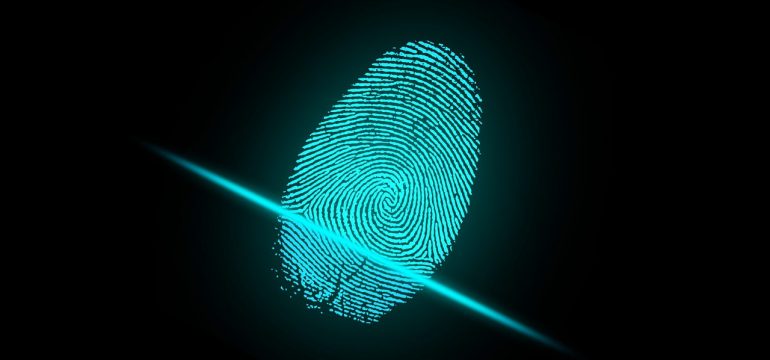You walk up to your car and the door opens on its own. You don’t need to turn the ignition – the car has already recognized you. You stop at a shop and pick out some breakfast. For payment, you just scan your fingers. You reach your office and you walk in, automatically your attendance is recorded by one scan of your retina. Your phone only unlocks when you look at it.
If all of the above sounds like a science-fiction movie, then you’re wrong. Because, the day is not far away when this kind of science-fiction fantasy becomes a reality. In fact, thanks to the huge leaps technology has taken, much of it is already reality. That’s all due to the beauty of biometric authentication.
A sci-fi fantasy?
To break it down, biometrics refers to the process by which an individual’s unique physical traits are detected and recorded by an electronic device to confirm identity. When these traits are used to authenticate a user and give them access to something (a place or information) which is not open to everyone, it is called biometric authentication. As explained in an earlier article on the Seqrite blog, biometric authentication works through the four following sub-modules that are linked to each other:
Sensor: This is the device that scans the biological feature and converts it into a digital format. For example, the fingerprint or retina scanner, or camera for face recognition are most popular sensors.
Feature extractor: From the digital format, the key differentiable features of the said biological features are identified and extracted. This part identifies the fingerprint or the retina pattern etc.
Matcher: This module compares the scanned feature with the feature stored in a database for the closest match. It is usually not possible to get a 100% match due to various reasons. The matcher works based on a percentage of the match found. It could be as low as 70% to as high as 95% for critical systems. This is where the positive or a negative decision about the match is made and is sent to the down-stream application as authentication decision.
Template database: This database holds the feature scan of the genuine users, to be matched against. The volume of data may vary based on system users. For example, in a fingerprint based attendance marking system, the database would hold the fingerprint scan of all employees while in a smartphone, it would only have one record- of the smart phone user.
Concerns raised about biometric data
Obviously, this entire authentication happens due to the data that is stored and matched with the correct user. And that is where the risk can arise from – if by chance this data falls into unauthorized hands, there is bound to be major chaos. Unlike other identifiers like identity cards or credit cards, biometric data is unique and cannot be changed. So if such data is compromised, it cannot be reissued or changed.
Concerns have been raised over the storage of such important biometric data, especially when enterprises have been at the risk of various data breaches. There are also issues concerning biometric data such as spoofing and false acceptance.
Hence this is the reason why enterprises must invest in multi-factor authentication to ensure they have many layers of protection. Enterprises can consider Seqrite’s range of multi-layered cybersecurity solutions for businesses, thereby safeguarding the entire IT framework while rendering it productive, secure and stable.
As an IT security partner for your business, Seqrite provides comprehensive security from advanced cyber threats. To know more




